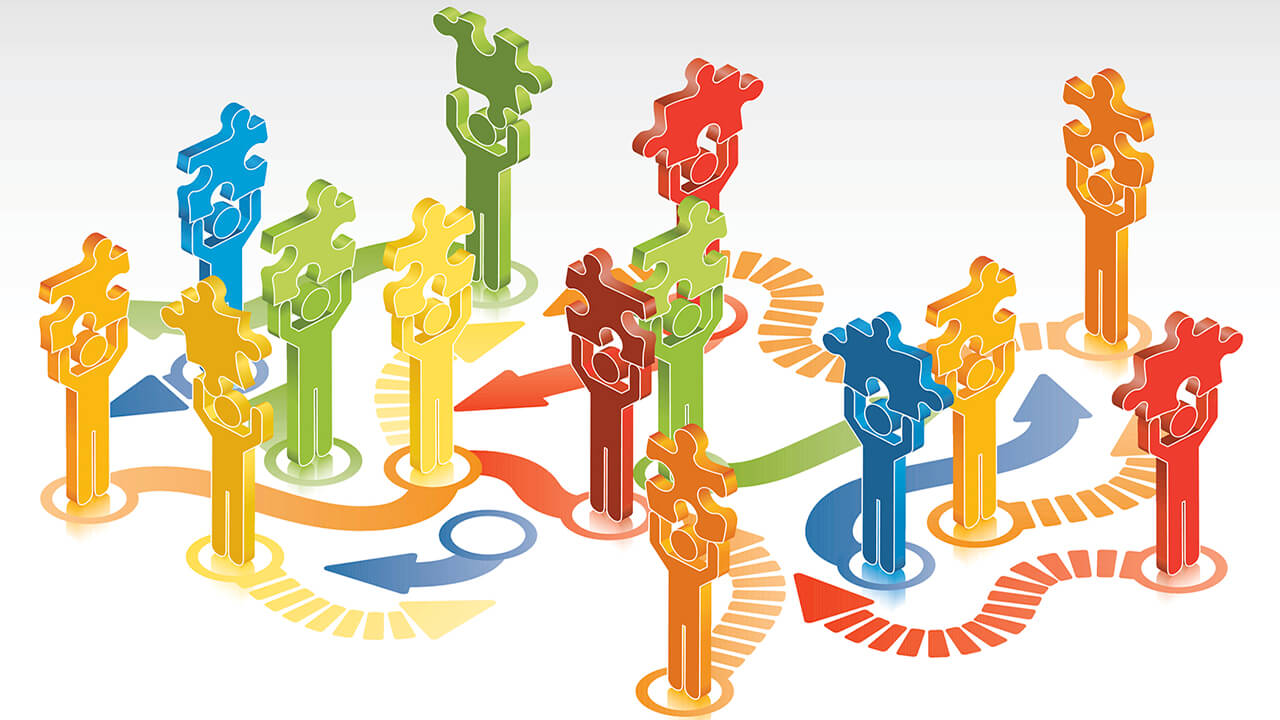6 Questions to Ask When Selecting a Workflow Solution
Organizational nirvana: that feeling you get when you open the door to that one closet in your home. It’s okay—go ahead and laugh. We all have one....

You’ve done the research, vetted the vendors, and found the perfect workflow automation solution that will transform your existing business processes into a centralized automated structure of operational efficiency. Why haven’t you signed the contract and started implementation?
Oh, that’s right, the finance group down the hall doesn’t want to write a check until they know how this new investment will pay for itself. Workflow automation makes that answer easy. Here are five ways that workflow automation will have the finance group seeing the dollar signs that make them happy.
Manual processes can be cumbersome and costly. Often they are not executed consistently and are hard to track, leaving room for critical steps to be missed. Workflow automation reduces the unit cost to execute a transaction by allowing your organization to get work done faster with less resources. Standardizing manual processes with automated workflow ensures they are executed the same way each time and nothing slips through the cracks.
60% of all occupations have at least 30% of activities that are technically automatable¹
Automating manual processes also increases organizational visibility and the capacity to deal with volume. By incrementally replacing manual processes with workflow throughout your organization, your ROI will come in waves and technology ends up paying for itself. Eliminate manual processes, reduce costs.
Email is a great communication tool. You can use it to update individuals on the status of a task or pass along spreadsheets for review, approval, or changes. There is a cost associated with using email. It’s the time it takes the sender to compose the email and the recipient to read the email and follow up.
8 in 10 companies use email, spreadsheets, and personal visits to drive routine processes2
With automated workflow, there is no need to manually notify. The workflow triggers notifications and status updates when necessary. All team members involved are informed. No forgetting the new guy who just started last week. Reduce emails, reduce costs.
We all like to think we are perfect. However, we are all human and mistakes happen. When they do, there is a cost associated to finding and correcting them. The 1-10-100 rule is a common business concept that demonstrates the organizational cost related to errors and how the cost increases exponentially the later they are found.
10.23 – The average number of errors made by students manually entering data into 30 data sheets during a UNLV study3
It costs $1 to verify the data is correct at the point of entry. The cost jumps to $10 to correct the data downstream. If the error goes undetected, the cost increases 10 fold to $100 (or more) if nothing is done. Reduce mistakes, reduce costs.4
In 2015, over 3,000 regulatory rules were issued.5 The cost associated with not complying with those rules can vary from rework to fines, all translating into a financial impact to your organization.
$42 billion – The amount banks paid in fines in 2016.6
The flexibility of automated workflow helps to ease the burden of keeping up with the changes. Add steps, take away others, or update business rules, the changes are easily implemented and verification of compliance can be monitored.
A loyal employee of 5 years walks in the HR department and hands in their letter of resignation. You now have 2 weeks to transfer 5 years of knowledge to someone else.
$5 to 7 trillion – The predicted economic impact by 2025 of automated knowledge work.7
Automated workflow utilizes built in business rules to drive processes. How are these rules generated? From the minds of those employees who have been around a while executing these business processes day in and day out. Don’t let that knowledge leave when employees leave. Secure knowledge to save time and reduce costs.
Organizations can incrementally transform and digitalize their processes consistently while continually increasing their capability to manage change. With each eliminated spreadsheet, instant notification, or new centralized view of data, you are increasing your organization’s operational efficiency.
These short term gains will add value and continue to contribute to your long term ROI. Workflow automation makes the sales pitch to finance easy. It makes you wonder, how much more would it cost not to buy a workflow automation platform?
Sources:
1http://www.mckinsey.com/global-themes/employment-and-growth/technology-jobs-and-the-future-of-work
2https://www.servicenow.com/content/dam/servicenow/documents/whitepapers/sn-state-of-work-report.pdf
3https://ungerboeck.com/blog/when-good-info-goes-bad-the-real-cost-of-human-data-errors-part-1-of-2
4totalqualitymanagement.wordpress.com
7https://www.mckinsey.com/business-functions/digital-mckinsey/our-insights/disruptive-technologies
Jane Mason, Founder and CEO
Jane has applied her vast experience (over 25 years) operating process-driven businesses to successfully redefine client-focused service. Jane has worked with expert programmers to apply cutting-edge web-based technology to automate complex processes in industries such as Financial Services, Healthcare and enterprise workflow. Her vision confirms Clarifire's trajectory as a successful, scaling, Software-as-a-Service (SaaS) provider. A University of South Florida graduate, Jane has received many awards related to her entrepreneurial skills.

Organizational nirvana: that feeling you get when you open the door to that one closet in your home. It’s okay—go ahead and laugh. We all have one....

Do you know the average number of decisions a person makes a day? 35,000! That’s the number reported by various internet sources. It’s a bit...

The mortgage industry’s latest buzz word is “digital mortgage,” a novel term for the ongoing pursuit to remove paper from the process. However, this...